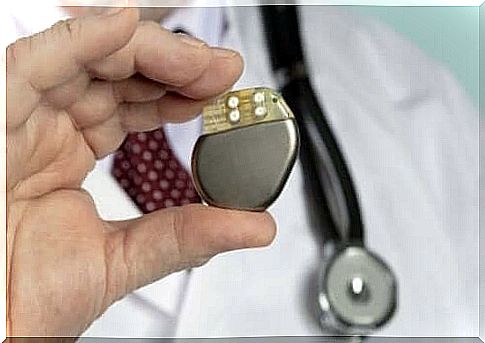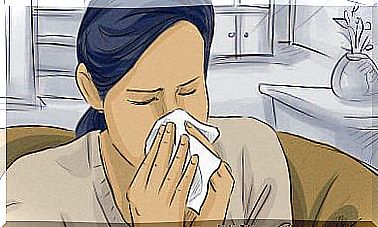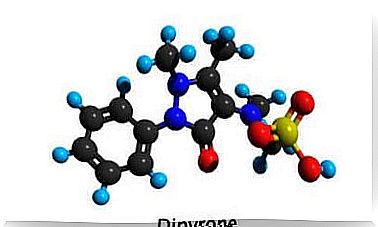Causes, Symptoms And Treatment Of Bradycardia

The condition known as bradycardia occurs when the heart beats slower than it should. Under normal circumstances, the heart rhythm starts with an electrical impulse that then continues through the sinus node, also called the sinatrial node, which is located in the right atrium.
This node is responsible for turning on the heartbeat and rhythm. That’s why we think of it as a kind of ‘pacemaker’. Sometimes the heart rhythm changes if the conduction pathways are damaged, or if there is an extra pathway. Therefore, it may be beating too fast (tachycardia) or too slow (bradycardia) or just erratic.
These abnormal heartbeats are known as arrhythmias and can occur in both the upper chambers (atria) and the lower chambers of the heart (ventricles). This article will focus on the definition of bradycardia and the treatments available for it.
What is bradycardia?
The term bradycardia refers to a number of conditions in which the heart beats more slowly than normal. There is less than 60 beats per minute.
According to an article in Trends in Cardiovascular Medicine , it is a normal phenomenon in young athletes, whether it is part of the aging process or disease. It can be classified according to the level of change within the hierarchy of the cardiac conduction system.

Causes of Bradycardia
This condition is common in athletes or in people who are extremely relaxed. It is also common in people with heart disease or in people undergoing certain drug treatments. Possible causes according to the Mayo Clinic include:
- Damage to heart tissue through aging.
- Changes in heart tissue due to heart disease.
- Congenital heart defects.
- Infections in the heart tissue.
- A complication of heart surgery.
- Uncontrolled levels of potassium or calcium in the blood.
- Obstructive sleep apnea.
- Inflammatory diseases such as lupus.
- Medications for cardiac arrhythmias.
Main symptoms
The clinical presentation of arrhythmias ranges from asymptomatic electrocardiographic symptoms to a wide range of symptoms. The most common in bradycardia are:
- Dizziness or light-headedness.
- Pass out.
- Fatigue.
- Chestpain.
- Shortness of breath.
- Confusion.
It is important to note that someone with this condition will require pharmacological treatment and urgent pacemaker placement if symptoms are severe.
Complications of this condition
Bradycardia can also lead to health complications if not treated in a timely manner. The following complications are the most relevant:
- The inability of the heart to pump enough blood (heart failure).
- Sudden cardiac arrest or sudden death.
- Repeated fainting.
- Changes in blood pressure (hypotension and hypertension).
Diagnosis
It is critical to establish a causal relationship between the symptoms and the various abnormalities that may be present on a particular electrocardiogram (ECG) to establish the diagnosis of bradycardia. However, the process can be difficult given the intermittent and unpredictable nature of this condition.
It is important to consider the patient’s medical history. It is also important to perform a 12-lead surface ECG. A Holter ECG and a stress test may also be required.
Treatment of bradycardia
This should be limited to patients with a well-documented clear correlation between symptoms and heart rhythm. Those who are asymptomatic do not need specific treatment.
In general, the first step in treating symptomatic individuals is to discontinue medication that lowers the heart rate. In addition, action is taken in the event of any underlying conditions.
In the long run, the doctor will suggest implanting a permanent pacemaker if the other treatments don’t work. The doctor will provide all necessary details, such as risks, benefits, and preparation for having a pacemaker placed, if appropriate.

Prognosis
The progression and prognosis of bradycardia depend on several factors, including:
- Age.
- To smoke.
- alcohol use.
- Recreational drug use.
- Concurrent cardiovascular disease.
- Thromboembolic complications.
The natural evolution of this condition is diverse and often unpredictable. Thus, people with a history of fainting due to bradycardia may continue to experience repeated fainting.
The incidence of sudden death is low and pacemaker therapy does not appear to improve survival overall. However, it does reduce the disease rate.
In any case, it is advisable to maintain regular medical monitoring, as the right interventions will help prevent complications. The primary care physician or cardiologist will prescribe tests and treatment when an irregular heartbeat requires it.









